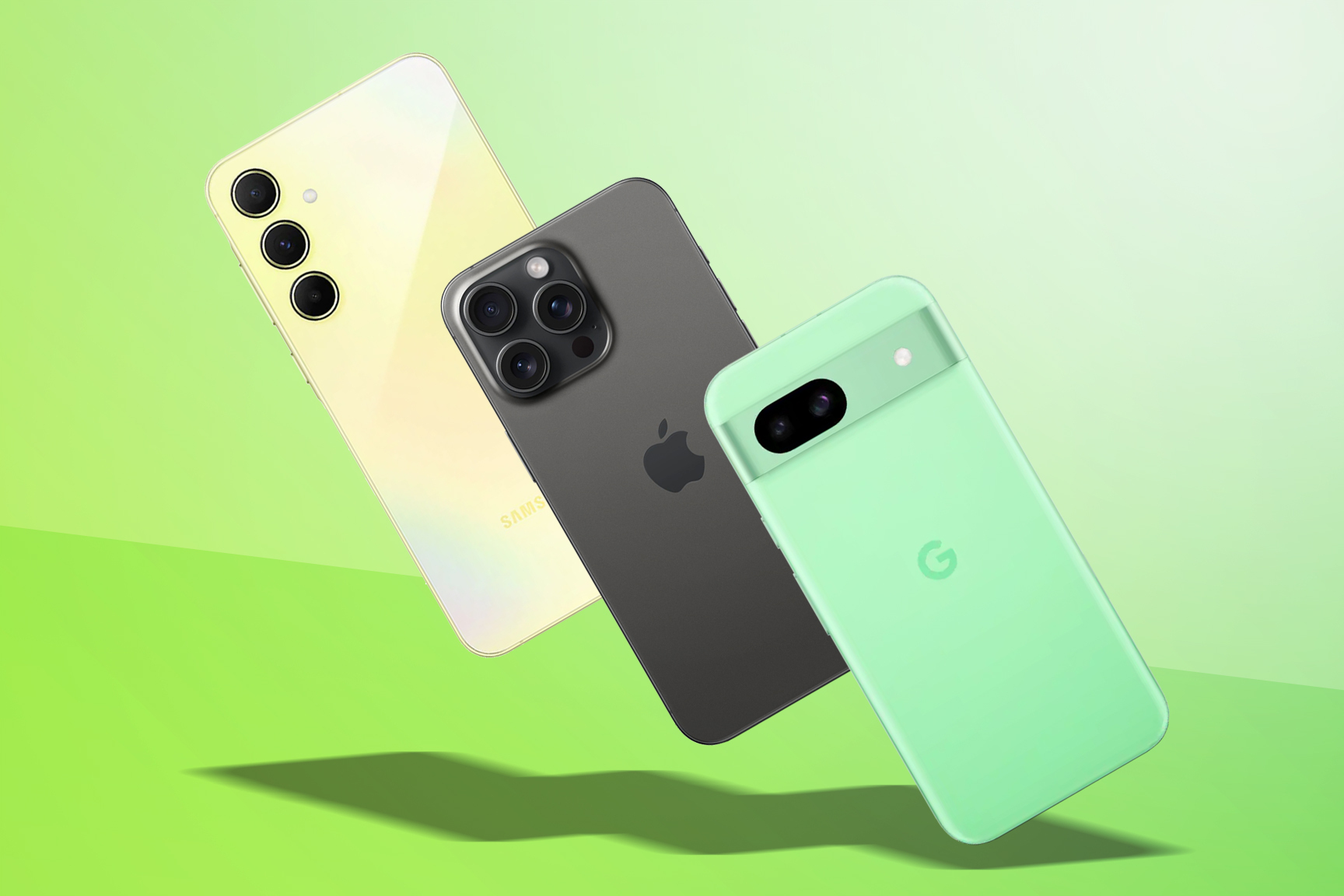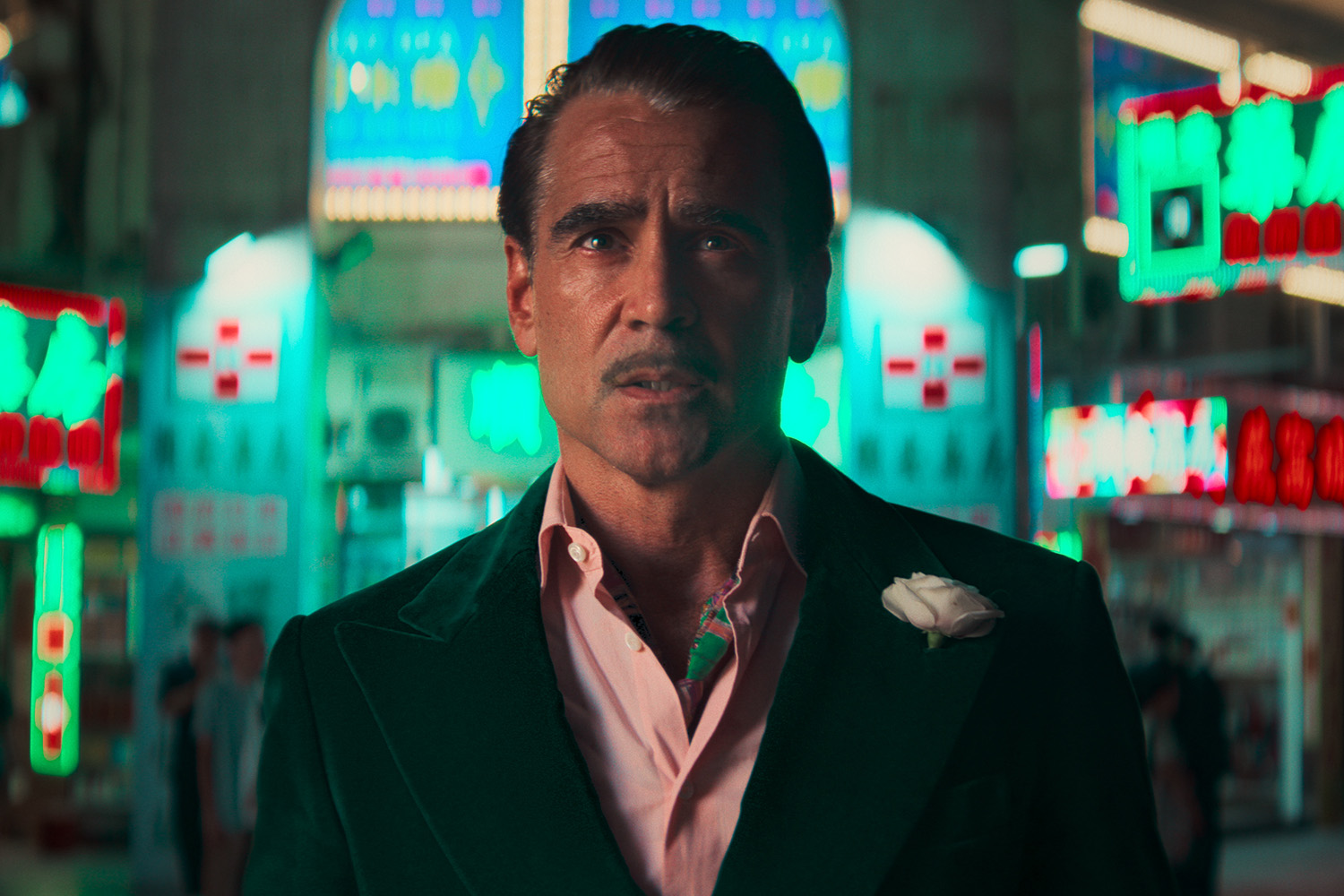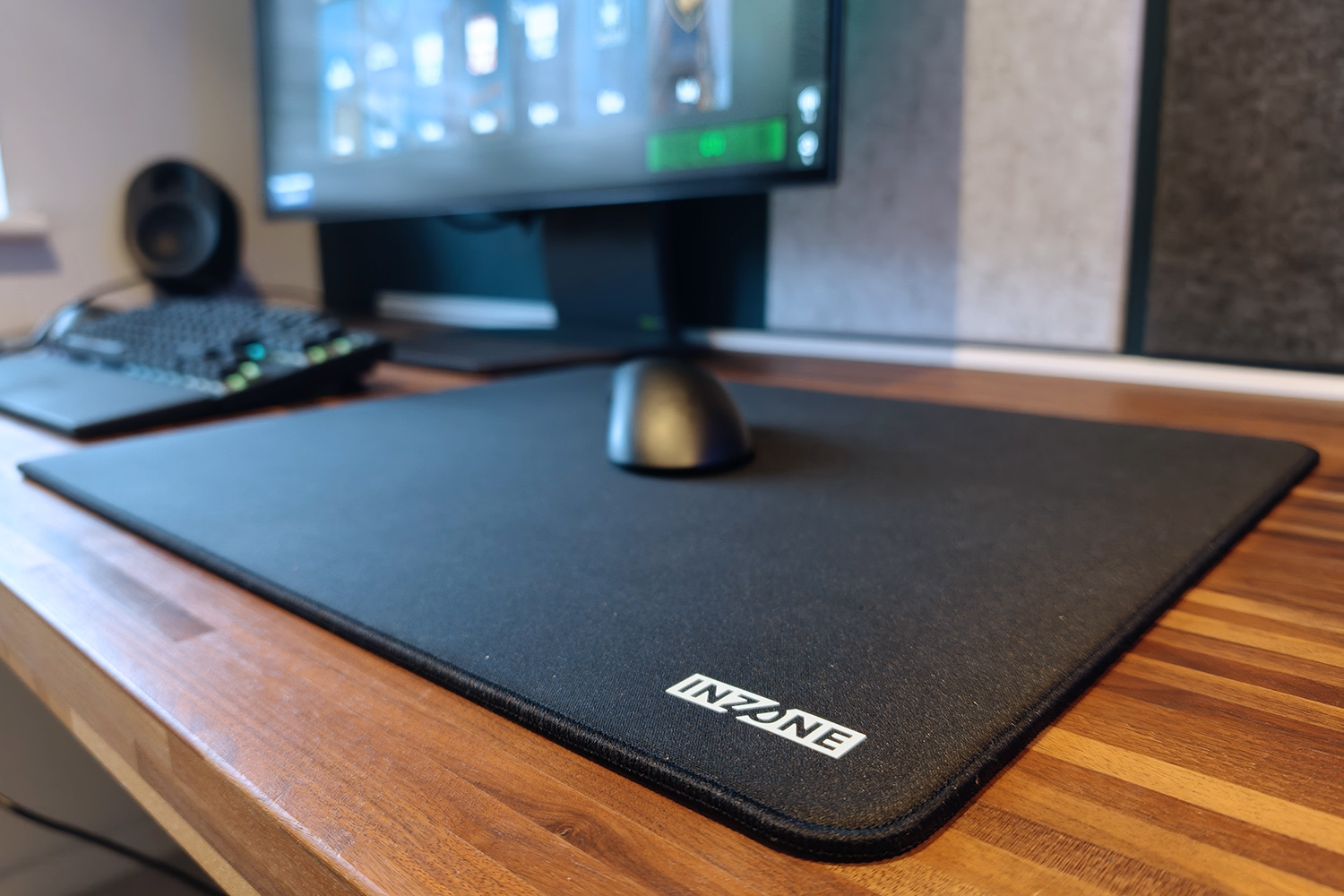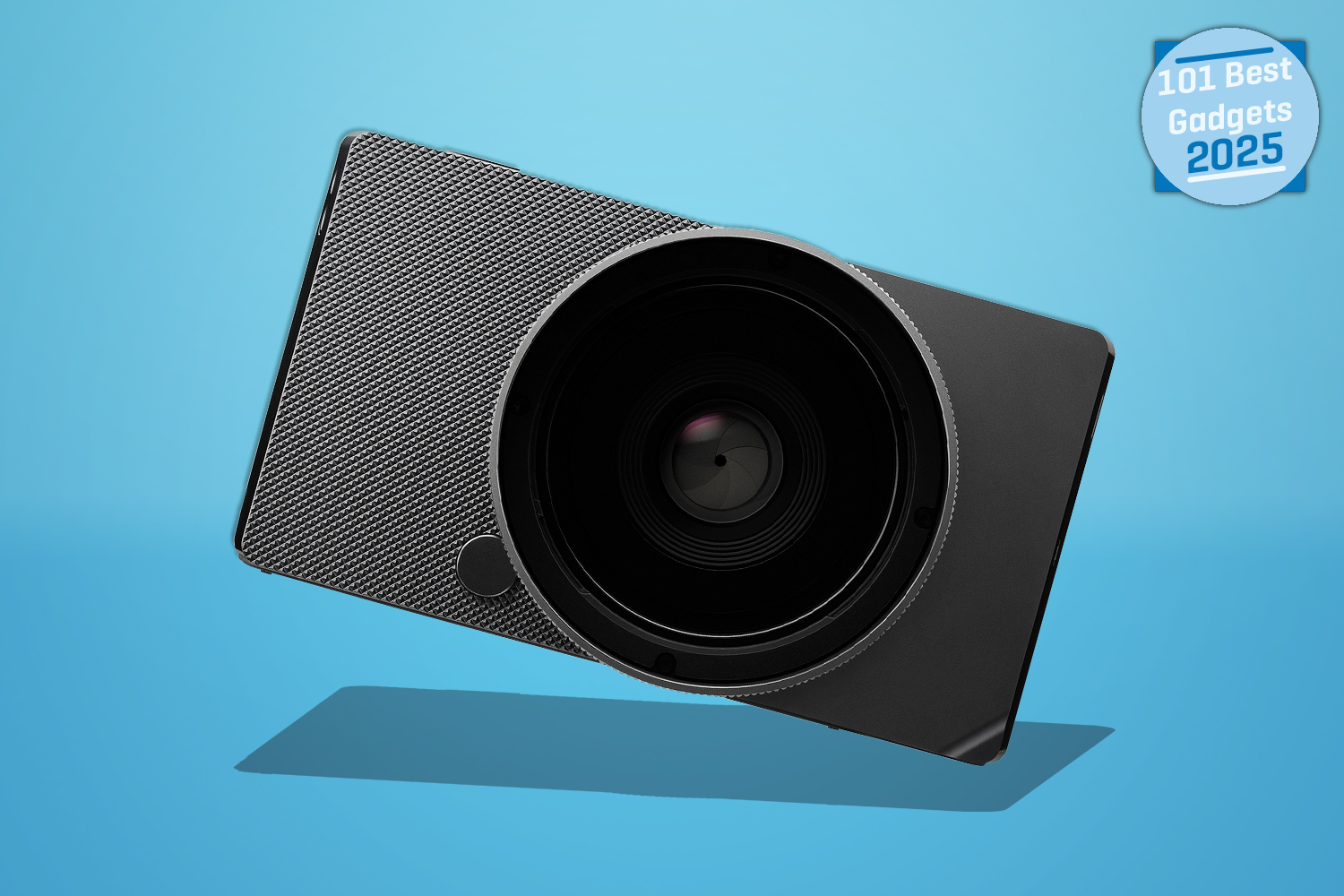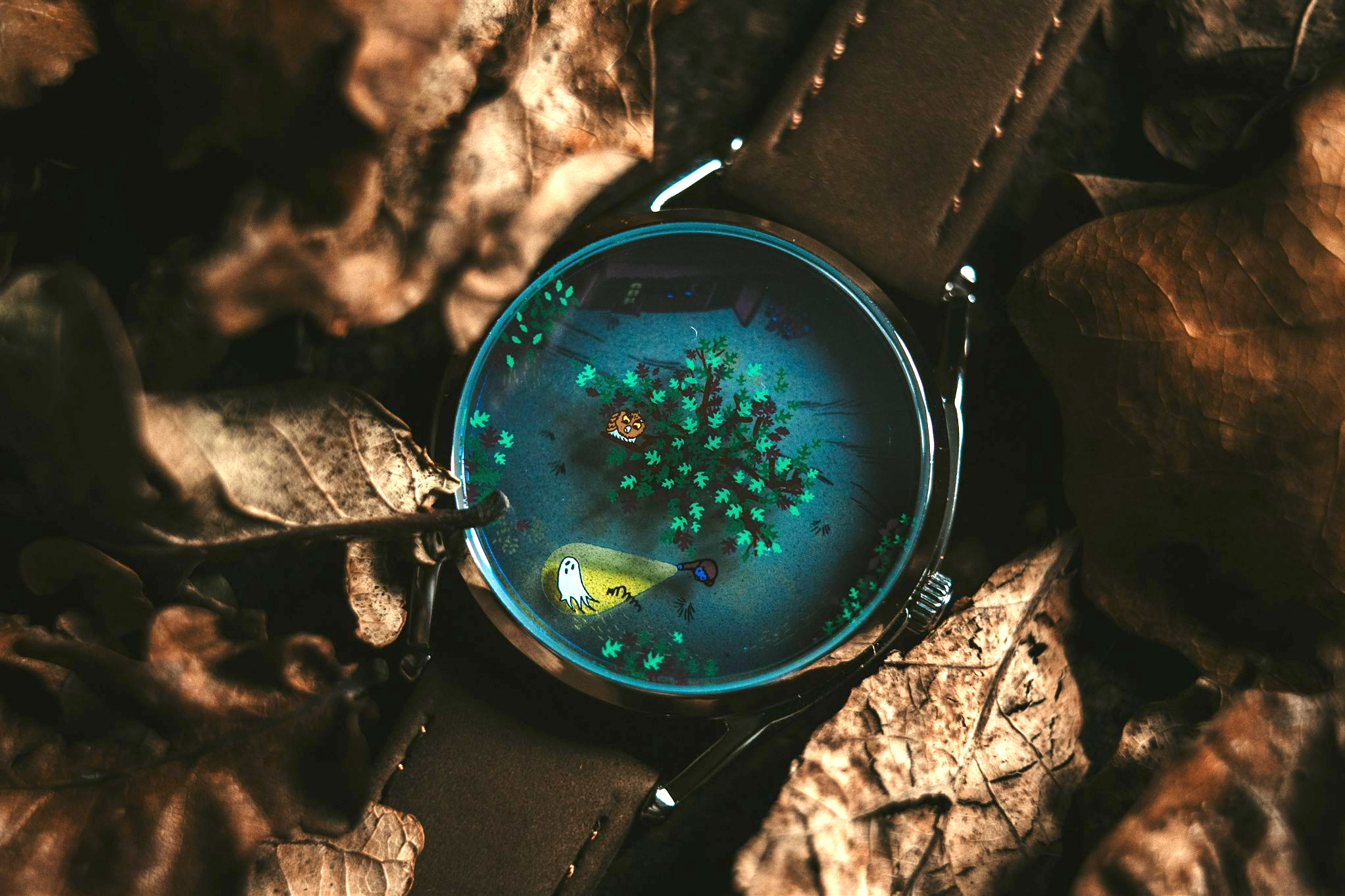As 5G tech becomes the norm across the cellular world, offering faster speeds and more reliable connections, choosing the very best 5G phone has become essential. Whether you’re streaming high-definition videos, gaming on the go, or expect an upcoming phone to be fully future-proof, we’ve included options to fit every budget here.
Firstly, you need to be living somewhere with 5G coverage, which, as 5G has become more common, is increasingly widespread. If you live in the middle of nowhere and rarely venture into a large city, you won’t see the benefits of 5G. You’ll also need to sign up for a 5G cellular contract at the same time (if you don’t have one already). While most phone plans include 5G now, you’ll need to double-check, just to make sure.
It’s worth noting that pretty much every smartphone is 5G compatible nowadays, so check out our guides to the best phone, best mid-range phone and best budget phone for more options. If you still want to take the plunge, here’s our pick of the best 5G phones you can buy right now.
Why you can trust Stuff: Our team of experts rigorously test each product and provide honest, unbiased reviews to help you make informed decisions. For more details, read how we test and rate products.
Quick list: What’s the best 5G phone?
The best 5G phone you can buy today:

1. Apple iPhone 17
| Apple iPhone 17 specs | |
|---|---|
| Screen | 6.3in 2622×1206 120Hz OLED |
| Processor | Apple A19 |
| RAM | 8GB |
| Storage | 256GB/512GB |
| Software | iOS 26 |
| Cameras | 48MP Dual Fusion rear, 18MP Centre Stage front |
| Battery | 3561mAh |
| Dimensions | 149.9×71.5×7.95 mm / 5.89×2.81×0.31in |
| Weight | 177g / 6.24 oz |
The iPhone 17 is Apple’s best all-rounder yet — and arguably the iPhone most people should buy this year. Despite being the entry-level iPhone, it delivers Pro-level performance without the eye-watering price or bulk. While its design hasn’t changed much, the new Ceramic Shield 2 improves scratch resistance, and the build feels as premium as ever.
The biggest win is the display. Apple’s finally upgraded the standard iPhone to a 120Hz OLED panel, matching the Pros for smoothness and adding a 1Hz always-on mode. During testing, scrolling felt far more fluid than on the iPhone 16, and brightness hit 3000 nits – clearly visible even in direct sunlight. The stereo speakers also pack a surprising punch when watching videos or gaming.
The dual 48MP camera system impresses in most conditions. In testing, macro shots showed noticeably better sharpness, and 1x photos looked rich and detailed. The lack of a telephoto lens remains the biggest gap versus the Pro models, digital zoom quickly loses quality beyond 2x, but 4K/60fps video recording and stabilisation keep it competitive.
Performance is stellar thanks to the A19 chip. Games like Assassin’s Creed ran smoothly (with only minor heating), and music production in Korg Gadget performed better than on an M1 iMac. Battery life easily lasts a day of mixed use. The main gripes? USB 2.0 speeds and iOS 26’s flawed “Liquid Glass” interface.
Despite that, Apple’s ecosystem remains unmatched for creative tools and premium apps. Unless you need a telephoto lens or ultra-thin bragging rights, the iPhone 17 nails the essentials. It’s powerful, practical and, for once, a sensible choice.
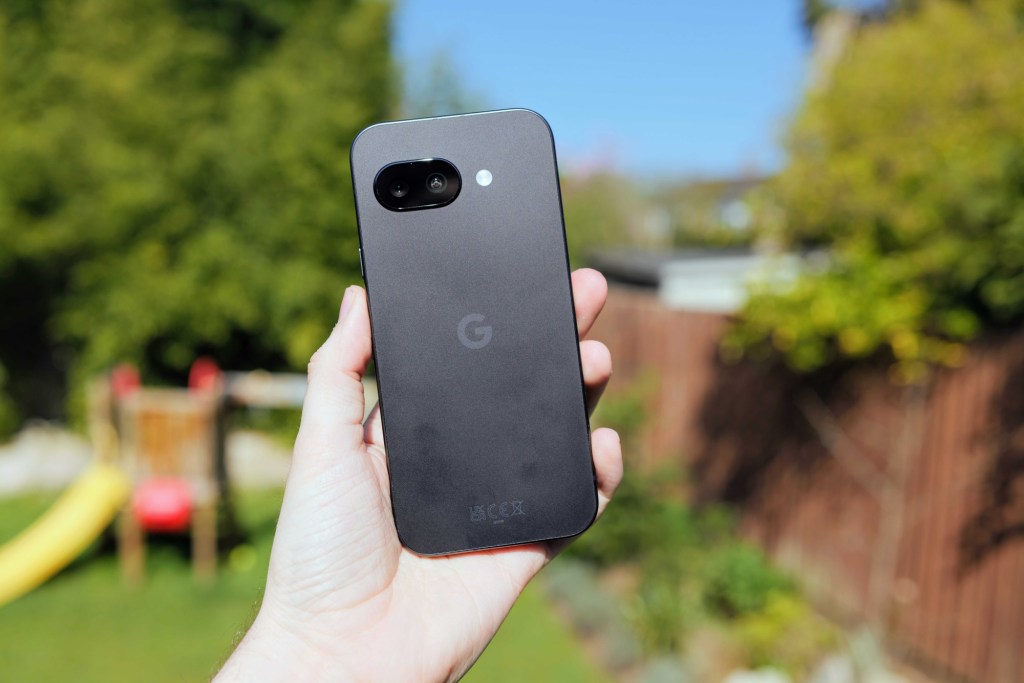

2. Google Pixel 9a
| Google Pixel 9a specs | |
|---|---|
| Screen | 6.3in Actua Display, 1080 x 2424 OLED, 2700 nits, 60-120Hz |
| CPU | Google Tensor G4 |
| Memory | 8GB RAM |
| Cameras | 48MP f/1.7 main + 13MP,f/2.2 ultrawide rear 13MP, f/2.2 front |
| Storage | 128 GB/256 GB |
| Operating system | Android 15 |
| Battery | 5100 mAh |
| Dimensions | 154.7 x 73.3 x 8.9mm, 185.9 g 6.1 x 2.9 x 0.4in, 6.6 oz |
The Pixel 9a is part of Google’s affordable ‘A’ series, which promises a similar Pixel experience to its more expensive siblings for less money. We think this makes it a superb bang-for-buck option. And there’s lots to love here.
From its impeccable camera skills and punchy performance to a minimalist Pixel design and pure Android experience, this could be the ultimate choice for Google fans. Previous Pixel A phones had a few specs that lagged behind some of the competition, but the latest 9a has fixed that, making it unquestionably the best mid-range smartphone around.
Okay, the charging speeds remain slightly behind rivals, and the bezels could be smaller, but unless you’re willing to spend nearly double the money on a flagship with even more versatile cameras, the Pixel 9a is everything you’ll ever need.


3. Samsung Galaxy A56
| Samsung Galaxy A56 specs | |
|---|---|
| Screen | 6.7in, 2340×1080 AMOLED w/ 120Hz |
| Processor | Samsung Exynos 1580 |
| Memory | 8GB RAM |
| Storage | 128/256GB on-board |
| Cameras | 50 MP + 12MP ultrawide + 5MP macro rear 12MP front |
| Operating system | Android 15 w/ One UI |
| Battery | 5000mAh w/ 45W wired charging |
| Dimensions | 162x78x7.4mm, 198g |
Want the Samsung prestige without the high-end price tag? Then the A56 is a 5G contender worthy of your shortlist. With a price tag well below the lofty heights of the Galaxy S25 range, this is a super affordable 5G handset which sacrifices some flagship style and power, while still providing a solid smartphone experience.
It actually looks and feels like a far pricier phone, the colourful AMOLED display shines brightly, and the software ecosystem is as appealing as ever for those already invested in it. Battery life and charging speeds even eclipse the more expensive Galaxy S25. And unlike previous A series phones (which massively disappointed on the power front), we’re pleased to report that the A56’s Exynos 1580 CPU and 8GB of RAM make for a far smoother experience.
Throw in fast 45W charging, and you’ve got yourself a more affordable Samsung handset that provides the highly coveted Samsung-esque experience, at a far more palatable price.
Recent updates
- 2nd November 2025: We replaced the iPhone 16 with the newer iPhone 17.





